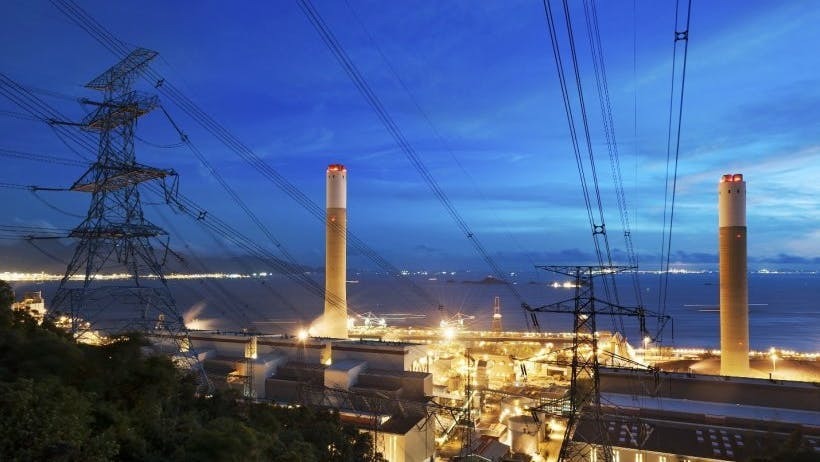Monday, 05/01/2026 | 12:27 GMT+7
Government leaders and policymakers across the world are prioritizing and promoting the need for increased energy efficiency to help consumers save money and improve the security and stability of the global energy system.
While the foundation has been set and progress is being made towards achieving these goals, a new Energy Efficiency Report from the International Energy Agency (IEA) reveals that this progress is not moving fast enough to meet the world's climate targets.
Since 2020, investments in efficiency have increased by nearly 45%, and in the last year, several countries representing 75% of the global energy demand have strengthened or introduced energy efficiency policies. For example, nearly every country has air conditioner efficiency standards, and the number of countries with industrial motors standards has tripled in the last 10 years.
However, despite these advances, the IEA report found that global improvements in energy intensity slowed in 2023.
According to the Department of Energy, energy intensity is the "amount of energy used to produce a given level of output or activity." Using less energy to produce a product or provide a service results in reduced energy intensity.
The leading culprits for this stagnation include an economic rebound in energy-intensive sectors, including petrochemicals and aviation, and a dramatic increase in air conditioning in what many are considering to be the hottest year on record.
To overcome these obstacles and achieve net zero emissions in the energy sector by 2050, an essential component in limiting global warming in accordance with the Paris Agreement, annual improvements in energy efficiency need to double from 2% in 2022 to more than 4% per year between now and 2030.

According to the IEA, in 2023, global energy intensity only improved by 1.3%, well below the amount required to meet this goal.
“The world’s climate ambitions hinge on our ability to make the global energy system much more efficient. If governments want to keep the 1.5 °C goal within reach while supporting energy security, doubling energy efficiency progress this decade is critical,” said IEA Executive Director Fatih Birol. “The findings of this report are a stark warning to leaders... that they all need to commit to stronger action on efficiency and to deliver on it.”
Other priority actions outlined in the IEA report include:
While global energy intensity levels failed to meet the set targets, there were some strong gains across several countries.
For example, the European Union improved energy intensity by 8% in 2022 and is on track to post a 5% improvement for 2023. The United States is also preparing to report a 4% improvement for 2023. In total, since the start of the energy crisis, more than 40 countries have improved energy efficiency at a rate of 4% or more for at least one year.
Achieving these goals would have a significant climate impact. Doubling energy efficiency improvements by 2030 would lower global carbon dioxide emissions by more than 7 billion tons, equivalent to the emissions from the entire transport sector worldwide today.
Consistent and widespread efficiency gains not only drive down emissions, but also deliver substantial benefits to governments, citizens, and industry. For example, employing workers for activities such as retrofitting homes, installing heat pumps, and manufacturing more efficient vehicles would lead to the creation of 4.5 million jobs.
According to Energytech








 Webinar 2: “Financial Support for Energy Efficiency Enterprises – Opportunities and Challenges”
Webinar 2: “Financial Support for Energy Efficiency Enterprises – Opportunities and Challenges”
 Vietnamese enterprises achieve green growth and cut costs through energy efficiency
Vietnamese enterprises achieve green growth and cut costs through energy efficiency
 Capacity Building for Program Implementing Entity
Capacity Building for Program Implementing Entity
 Enhance Energy Efficiency Knowledge for Managers of Cement Industrial Enterprises
Enhance Energy Efficiency Knowledge for Managers of Cement Industrial Enterprises
 Capacity building for participating financial institutions in Ho Chi Minh City
Capacity building for participating financial institutions in Ho Chi Minh City
 Strengthening capacity for energy management officers of local government agencies
Strengthening capacity for energy management officers of local government agencies
 Steel Enterprises Saving Energy and Enhancing Competitiveness
Steel Enterprises Saving Energy and Enhancing Competitiveness